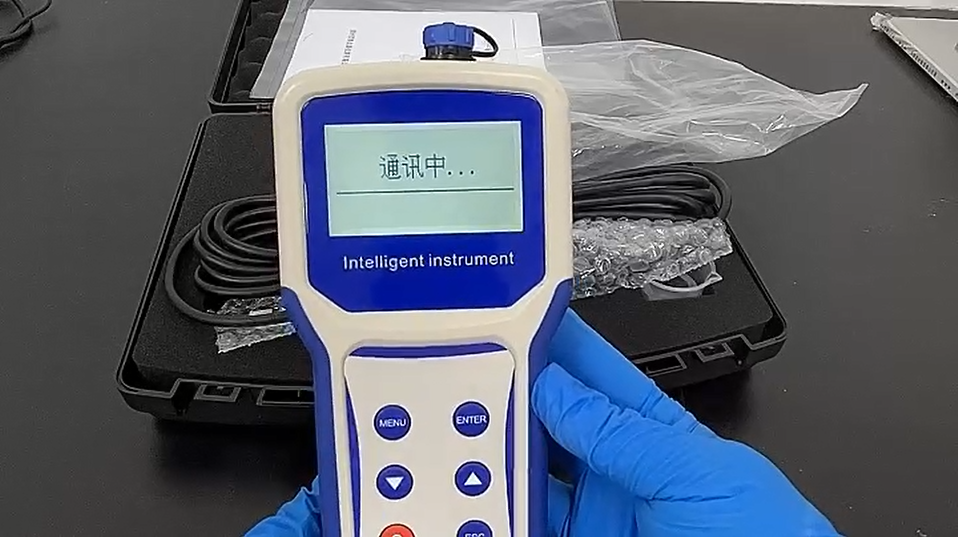The electrode portable water quality tester is a small, lightweight, and portable device used for rapid testing and evaluation of water quality. Its main advantages lie in its portability, real-time performance, and simple operability. By analyzing the recorded data and generating reports, users can quickly monitor and evaluate water quality in different situations. However, portable water quality testers also have some limitations, so when choosing electrode type portable water quality testers, we should pay attention to the following points.

1. First, determine the parameters you need to measure. The portable water quality detector can measure parameters such as pH value, dissolved oxygen, conductivity, turbidity, ammonia nitrogen, chlorine concentration, etc. Select an instrument with corresponding parameter measurement functions based on your application requirements.
2. Then consider the portability and durability of the instrument. The portable water quality detector should have a portable design suitable for outdoor use, lightweight and easy to carry. In addition, it should have sufficient durability to withstand impacts, vibrations, and harsh environmental conditions in outdoor use.
3. In addition, the convenience of operation should also be considered. The portable water quality detector selected should have simple menu navigation, intuitive user interface and easy to understand display of measurement results. Consider whether the instrument is equipped with a user manual or operating manual, and check if there are relevant training or support services available.
4. The portable water quality detector you purchased should have data storage, export, and transmission functions. These functions can help you conveniently record, manage, and share measurement data. Select an instrument with appropriate data processing and transmission functions based on your needs.
5. Accurate measurement results are crucial at the same time. The accuracy and precision of an instrument depend on its sensor technology and calibration method. Check the specification sheet and performance indicators of the instrument to understand its accuracy, measurement range, and error range. Choose instruments with high accuracy.
6. Understand the calibration and maintenance requirements of the instrument. Some instruments may require regular calibration and maintenance to maintain accuracy and reliability. Consider whether you can meet these requirements and determine whether the required calibration and maintenance processes are convenient and feasible.
7. Finally, consider the price and cost-effectiveness of the instrument based on the budget. Compare the prices of portable water quality testers from different brands and models, taking into account factors such as functionality, accuracy, durability, and after-sales support. Choose instruments with reasonable prices and good performance to ensure value for money.
8. Of course, we also need to consider the accessories and accessories that come with the instrument. Some portable water quality testers may come with accessories such as sample containers, calibration solutions, and electrode protection caps, which can improve the convenience and practicality of operation.
Taking into account the above factors, choose a portable electrode water quality tester that is suitable for your needs and budget. Conduct research and comparison as much as possible before purchasing to understand the advantages and disadvantages of different brands and models, in order to make wise decisions.



